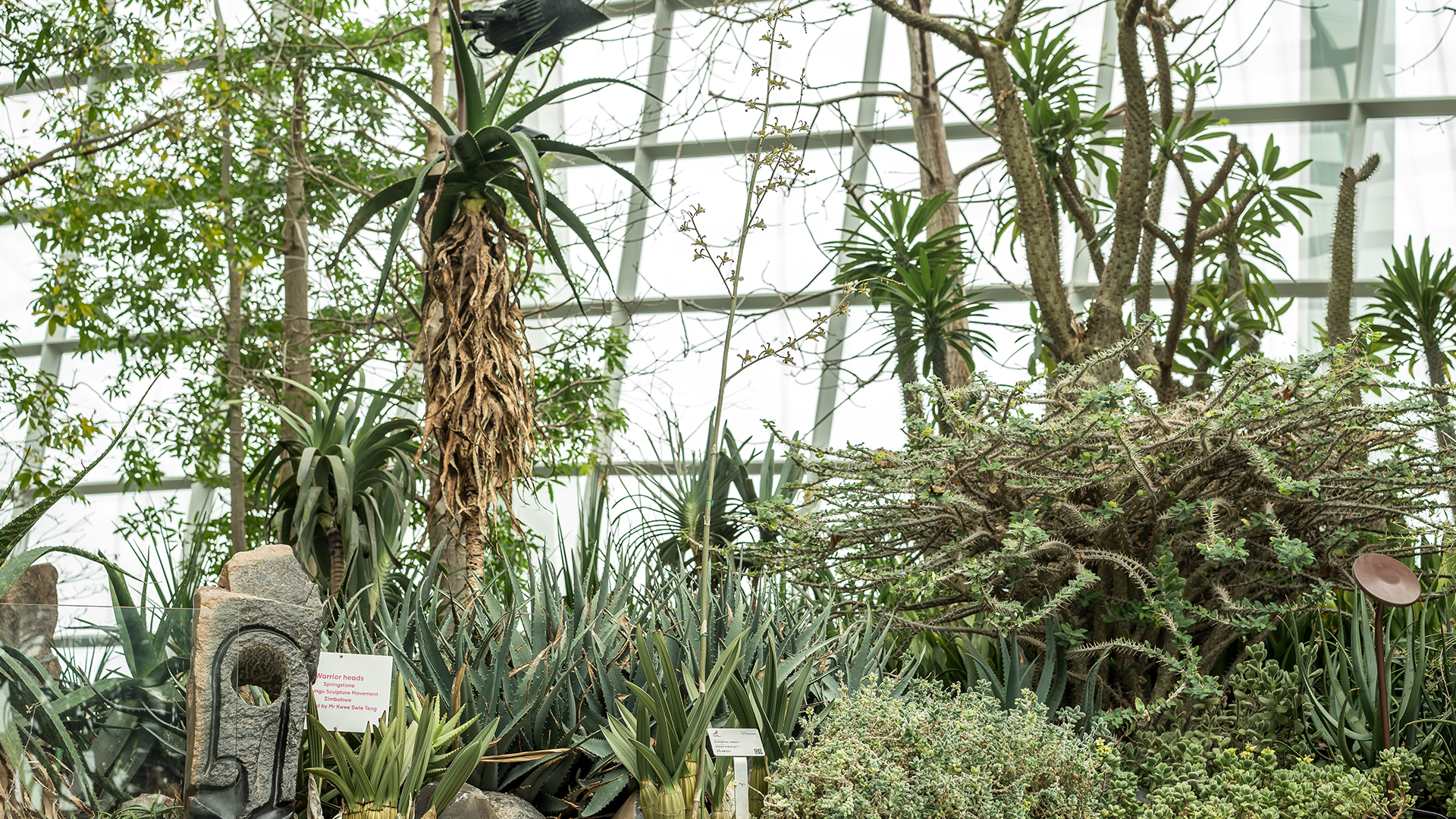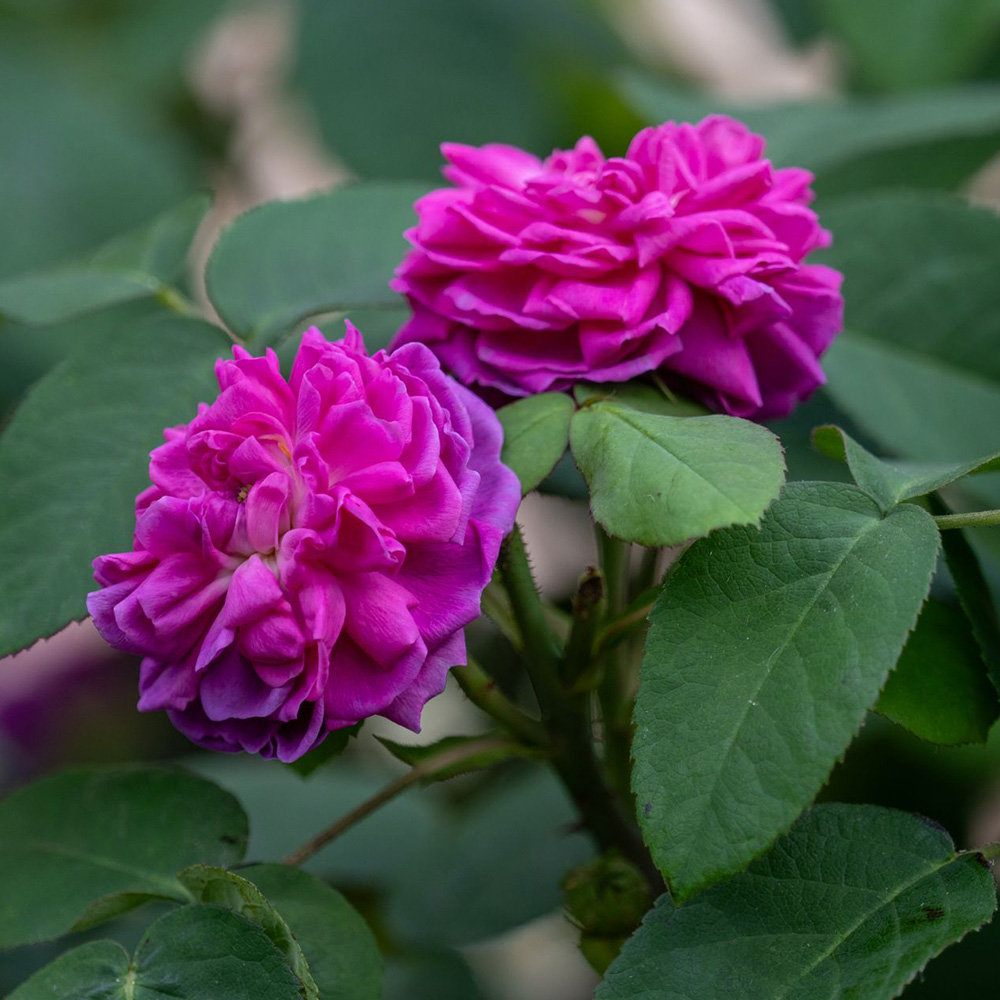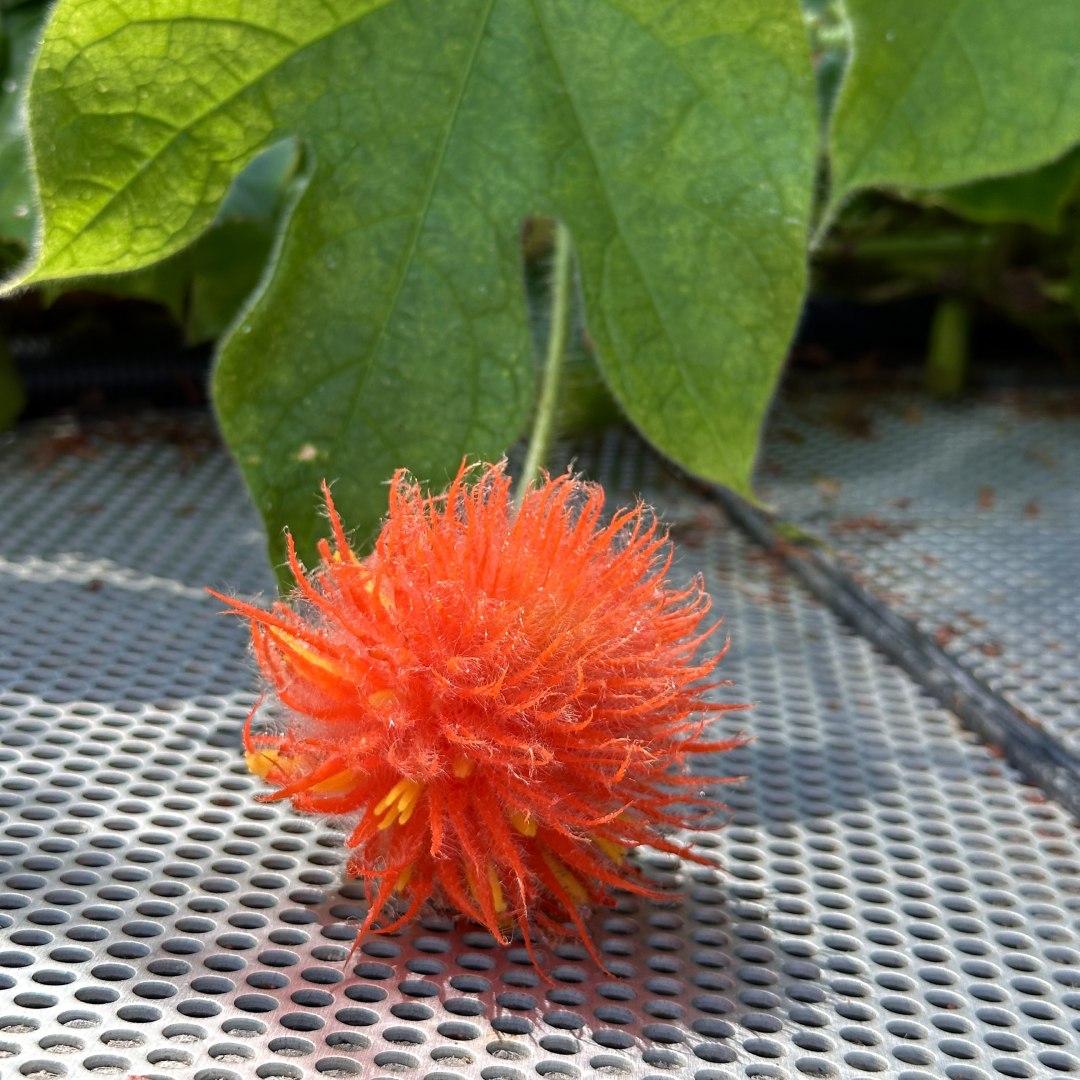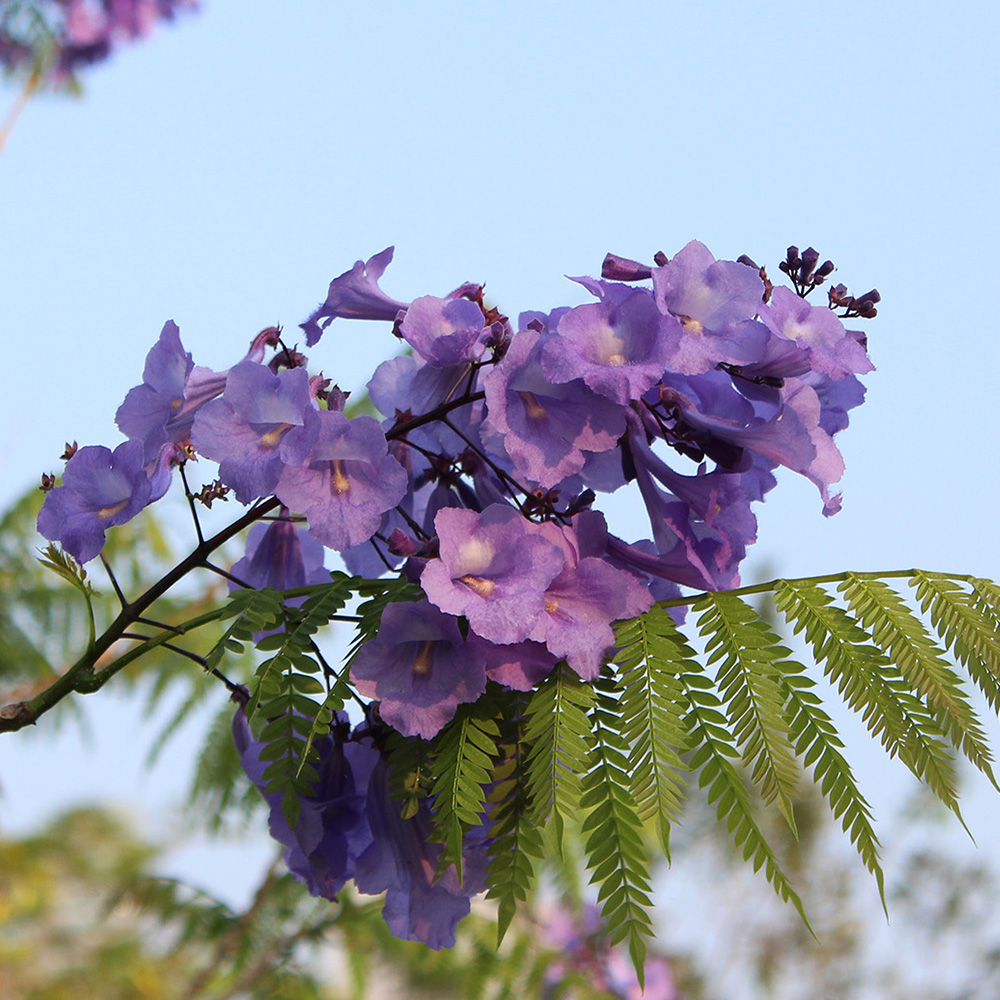Polished-leaved Magnolia (Magnolia laevifolia)
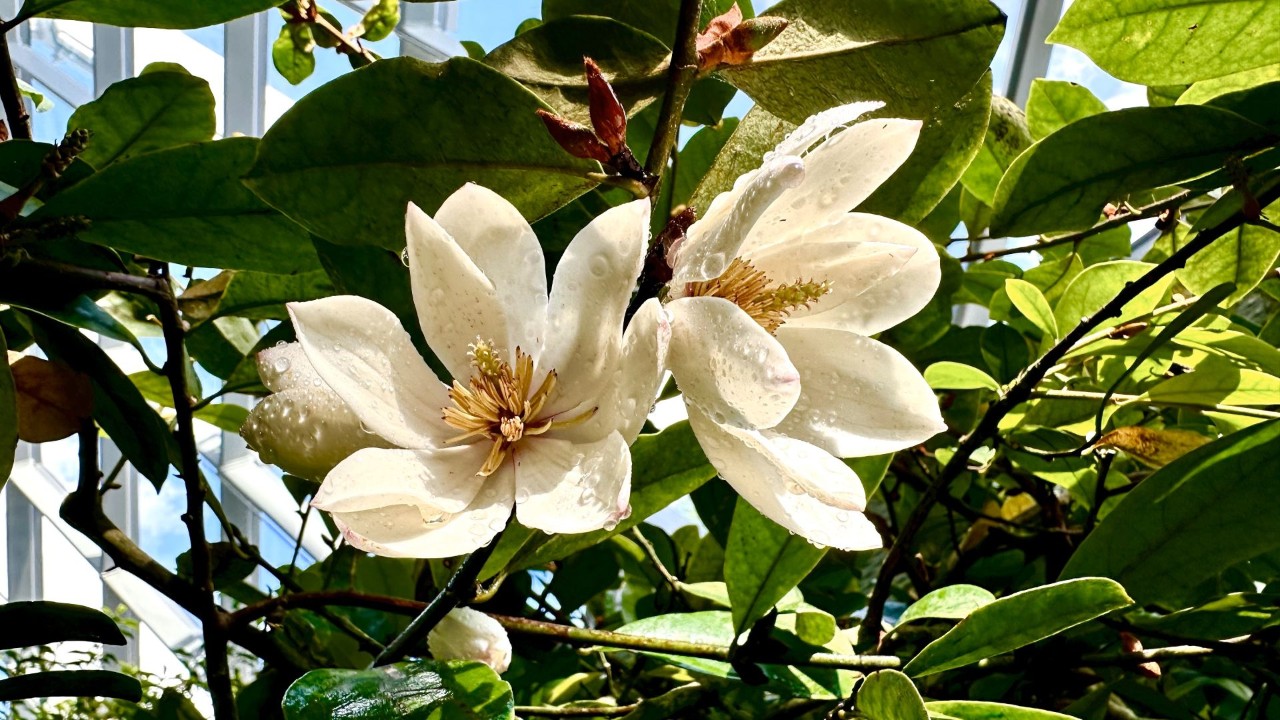
The polished-leaved magnolia (Magnolia laevifolia) is native to the mountainous regions of southwestern China, especially in Yunnan, Guizhou, and Sichuan provinces. It grows naturally on forested slopes and thrives in cooler, moist environments.
This tree belongs to the Magnoliaceae family, one of the oldest and most primitive groups of flowering plants. Magnolias are ancient plants that existed alongside dinosaurs during the Cretaceous period (145-66 million years ago) - the era that followed the Jurassic (201-145 million years ago). While the Cretaceous period is known as the end of the Age of Dinosaurs, it is perhaps better termed the ‘Age of the Flowering Plants’! Fossil records show that the first flowering plants evolved during the Cretaceous. Magnolias evolved around 100 million years ago, making them some of the earliest-known flowering plants. Their long survival on Earth makes them ‘living fossils’ valuable for studying the early stages of angiosperm (flowering plant) evolution.
The polished-leaved magnolia is usually a small tree or large shrub up to 4m in height. It stays green all year and has dark green, leathery leaves with a slightly rusty underside. It is especially appreciated in gardens for its neat, bushy form and long-lasting foliage.
But the star feature of this plant is its flower! In the spring, the polished-leaved magnolia produces creamy white blooms. These flowers have a bowl-like shape and are made up of thick, petal-like parts called tepals - a term used when petals and sepals are not clearly different, which is typical of the more ancient flowering plants.
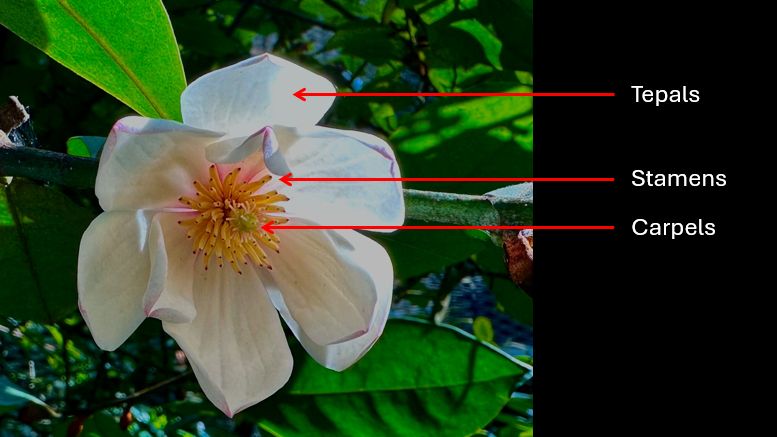 The structure of a Magnolia laevifolia flower.
The structure of a Magnolia laevifolia flower.
Inside the flower, you'll find many stamens (the male parts) and carpels (the female parts), all arranged spirally on a cone-like structure. This simple, open arrangement is considered primitive in botanical evolutionary terms, because it's closer to how early flowering plants likely looked, according to fossilised specimens. Unlike many modern flowers that are pollinated by bees or butterflies, magnolias evolved to be pollinated by beetles - one of the earliest pollinating insects. Like other magnolia flowers, the polished-leaved magnolia shows many of the hallmark characteristics of cantharophily or beetle-pollination, including large, day-blooming, bowl-shaped, off-white or greenish flowers with a spicy or fruity scent.
The Magnolia genus, including the polished-leaved magnolia, represents an important evolutionary link between the even-more-ancient gymnosperms – such as pines and cycads, which predate the evolution of flowers and have cones as reproductive organs – and the wide variety of flowering plants we see today. Magnolias are like a window into the past, showing us what early flowers might have looked like millions of years ago, when the dinosaurs still roamed the Earth.
Come to Cloud Forest and witness the captivating flowers of Magnolia laevifolia on the Evolution Walk of ‘Jurassic World: The Experience’!
Zeke Chen, Manager (Conservatory Operations)
Ever since his tiny hands could hold on to a small toy shovel and sowed the first apricot seed in the garden, the passion for plants has started to grow in Zeke’s heart.
